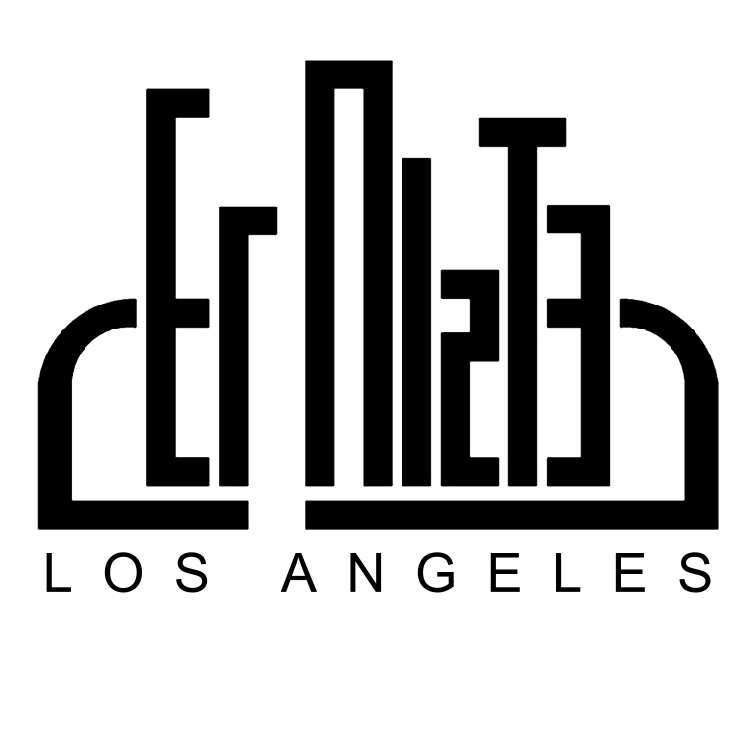The Courage to Leap
"Life can only be understood backwards; but it must be lived forwards" said Søren Kierkegaard (1813-1855) .
At the core of this saying dwells the idea that we can only understand life in hindsight. The future is unknown and despite that, we must courageously leap into this uncertainty with passion and with faith.
Our portion Pekudei describes the actual setup of the Mishkan - the Tabernacle. As goes verse 18 of chapter 40:
וַיָּ֨קֶם מֹשֶׁ֜ה אֶת־הַמִּשְׁכָּ֗ן וַיִּתֵּן֙ אֶת־אֲדָנָ֔יו וַיָּ֙שֶׂם֙ אֶת־קְרָשָׁ֔יו וַיִּתֵּ֖ן אֶת־בְּרִיחָ֑יו וַיָּ֖קֶם אֶת־עַמּוּדָֽיו׃
“Moses set up the Tabernacle, placing its sockets, setting up its planks, inserting its bars, and erecting its posts.”
Late Middle ages Italian commentator Ovadia Seforno, offers a fascinating commentary on the verse. He writes:
“Moshe set up the Mishkan - the ten skillfully woven curtains which are called Mishkan, were set up before the beams.”
This is fascinating because what Seforno suggests here is that the top covering was placed before the beams which support it. Seforno even continues to say that this was possible by either actual people holding the covering before the beams were placed or by a miracle.
Seforno bases his commentary on Masechet Shabbat in the Talmud which states: “Tabernacle, i.e., the curtains alone, is called Tabernacle, and the beams are not called Tabernacle.”
If the word Mishkan - Tabernacle means the curtains alone, then according to verse 18, the covering curtains were indeed put before the beams.
Early 20th century Polish Rebbe Shmuel Bornsztain learns from this that “This represents the people who, after the sin of the Egel (the golden calf), were given a Mishkan before they were really able to support the spiritual level it represented."
What Bornsztein suggests here is that sometimes one must leap into action regardless of one's readiness. Sometimes it is the action itself which propels our readiness for it.
This brings us back to Kierkegaard. Kierkegaard wrote about the necessity of making choices in the face of uncertainty, most famously in his concept of the "leap of faith," which was deeply explored in his work Fear and Trembling (1843).
In Fear And Trembling, Kierkegaard actually used the story of the Akeidah - the binding of Isaac as THE example for the ultimate leap of faith: being willing to sacrifice your own son, trusting that an intervention may occur and that a purpose would be revealed.
Abraham’s willingness to sacrifice Isaac exemplifies a radical trust in the absurd—acting without rational assurance.
This is what Kierkegaard meant by "Living forwards": we must commit to decisions without knowing how they’ll turn out.
When we fall in love and choose a partner to live with, we have no knowledge of the future which can inform our decision. The same occurs when we tie ourselves into a certain identity, and of course when we engage in any type of spiritual work.
The backwards understanding comes later, when we reflect on the consequences or the meaning of those leaps.
Kierkegaard outlined three stages of existence—the aesthetic, ethical, and religious. The aesthetic person lives for the moment, avoiding commitment; the ethical person embraces responsibility and choice; the religious person takes the ultimate risk of faith.
According to Kierkegaard, in order to live in the highest form of existence, we sometimes have to put the covering before the beams - to take a risk which sometimes means to literally leap into the absurd, simply because… we have no choice.
The existentialist thought that Kierkegaard was a part of, that which Sartre would call "existence precedes essence," leaves us without a clear path forward and the choice to live passionately despite that.
To me, the key word here is courage. Personal courage and social courage.
I think we can all benefit from thinking about where we can put the covering before the beams in our lives.
We are a nation of innovators and innovation can only occur when we move forward with an idea that was not tried before, when we dare to place a covering without support. This of course does not encourage recklessness but sometimes it is the only way to move forward.
As a society I believe we should dare to do the same, be the first to try new ways of living and working together, embrace the unknown and the uncharted and by doing so create truly sacred spaces.
